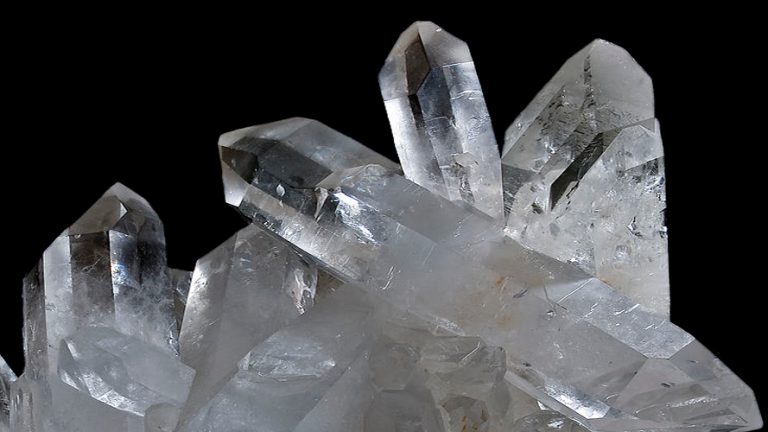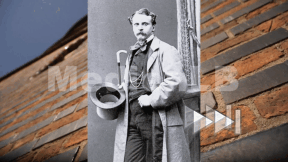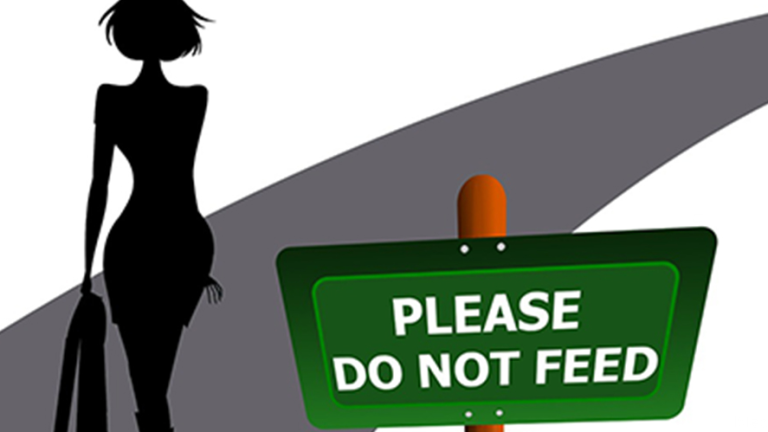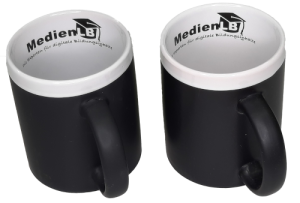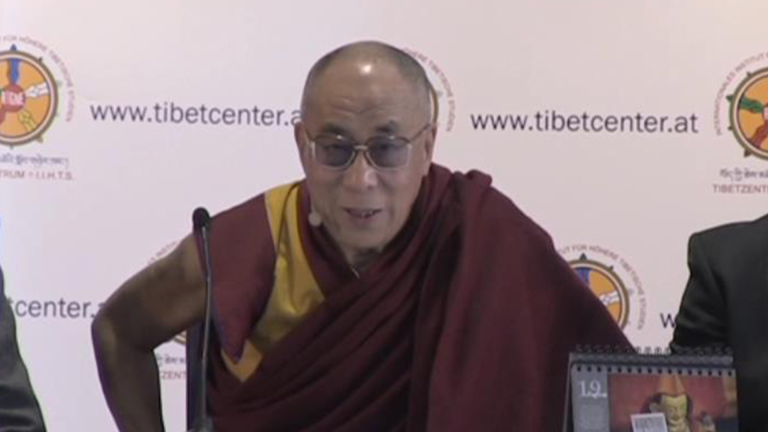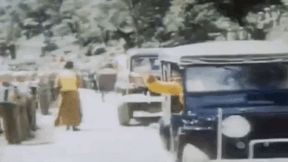Suche:
- # Artistry
- # Biology
- # Chemistry
- # Ecological
- # Economy
- # English
- # Foreign Language
- # Geography
- # German
- # Health
- # History
- # Informatik
- # Latin
- # Mathematics
- # Media Education
- # Music
- # Physics
- # Politics / Civics
- # Preschool
- # Primary School
- # Religion
- # Society
- # Sports
- # Technology
- # Training of Teachers
- # Vocational Education
Internationaler Terrorismus
„Wo warst du am 11. September 2001?“ Eine Frage, wie sie die meisten Erwachsenen von uns ohne Zögern beantworten könnten, die jedoch auf die jüngere Generation aus naheliegenden Gründen eher befremdlich wirkt. Und dennoch sind gerade sie in einer Welt groß geworden, die maßgeblich von den schrecklichen Ereignissen an jenem Tag beeinflusst worden ist. Und uns durch den Anschlag auf „Charlie Hebdo“ wieder nachdrücklich in Erinnerung gebracht wurden.
Learn moreOptics
This DVD offers a clearly structured overview of the field of optics with an emphasis on the following main topics: All three models, i.e. the ray theory, the wave theory and the quantum theory of light, are explained by means of selected phenomena. The pupils learn about the conditions, the principles and appearances regarding reflection and refraction and are encouraged to perform easy experiments themselves. Optics are introduced to the pupils with the help of examples from nature, road traffic and the environment. Simple optical instruments such as a magnifying glass, a camera, a microscope, an astronomic telescope and the eye are described. Further, the visible part of the electromagnetic spectrum, a line spectrum, a solar cell and a radiometer are explained in selected sections. The film is divided into six menu items (chapters), which may be individually accessed and worked on. For this purpose, additional pictures, texts or selected short film clips are offered, which can simply be called up by remote control.
Learn moreWind Energy
Our future lies in renewable energies. The fossil fuels coal, oil and gas will be used up within the next 50 to 300 years and are ecologically questionable just like nuclear energy, too. The sun, however, provides more energy than we need. Besides water power, sun light and bio mass, WIND ENERGY, most crucially, belongs to the renewable energies that have been used already for centuries. But what is wind? How was its energy generated, transformed and used in the past and how is this done today?
Learn moreGeneration of 1968
The protest movements of 1968 were ignited all over the world – the existing order underwent a dramatic upheaval. Students and pupils of the entire world – no matter in which country, which culture – expressed their solidarity. And what they accomplished was great! The revolutions and achievements of this movement have changed the whole world. And it remains doubtful if there will ever be another “1968“!
Learn moreErnesto Che Guevara
Che Guevara is the revolutionary fighter of the 20th century. His famous portrait can be seen everywhere on posters and T shirts. But who was Che Guevara? How did Ernesto Guevara de la Serna become the best-known revolutionist of contemporary history? Che is born in Rosario in Argentina as the son of a modern, educated couple. He attends high school and subsequently studies medicine.
Learn moreWorld of Crystals
What have salt, iron, diamonds and a snow flake in common? At first glance, not very much.
Learn moreThomas Mann
Thomas Mann ist einer der wichtigsten deutschen Schriftsteller des 20. Jahrhunderts. Der Film zeichnet die Lebensstationen des Literaturnobelpreisträgers nach und schafft Verbindungen zwischen seinem Leben und seinen wichtigsten Werken. Der Wandel vom unpolitischen Nationalisten zu einem überzeugten Demokraten und Gegner der Nationalsozialisten wird in zahlreichen Werkzitaten und Spielszenen überzeugend dargestellt.
Learn moreNeue Heimat Deutschland
Vorgestellt wird eine 17-jährige Syrierin. Wir treffen sie in der Erstaufnahme für Flüchtlinge im thüringischen Eisenberg. Ihr großer Wunsch ist ein Leben in Frieden.
Learn moreMagersucht
Hungern um jeden Preis – nach Schätzungen der Bundeszentrale für gesundheitliche Aufklärung leiden mehr als 100.000 Menschen in Deutschland an Magersucht. Besonders erschreckend dabei ist: Die Patienten werden immer jünger.
Learn moreStalking
n Germany, 12 % of all federal citizens are pursued by a stalker once in their lives. And not only celebrities are among their victims! Everyone may be confronted with such a situation.
Learn moreThe 14th Dalai Lama
He is considered one of the best-known personalities of our time and has been the Tibetans’ spiritual leader for more than 50 years. The Dalai Lama – His views are inspiration to many. The tradition of the Dalai Lamas reaches back to the 15th century. Dalai Lama is a Mongolian title of honour and was first bestowed on a Tibetan Buddhist monk in 1578 by the Mongol ruler at the time. This monk was called Gyatso, which means sea of wisdom. Dalai is the Mongolian translation of this name and lama is a Tibetan word for monk. Up to now the title has been conferred on 14 Tibetan monks, to the first two only posthumously.
Learn moreGiraffes
The giraffe is a superlative mammal. It is considered the largest land mammal, has a neck up to two meters long and the pattern of its fur is as unique as the fingerprint of a human.
Learn more













